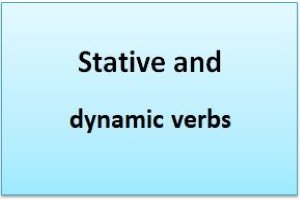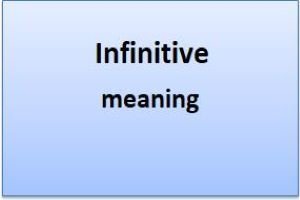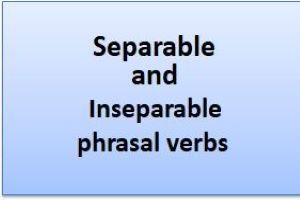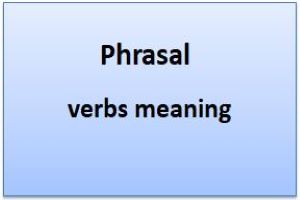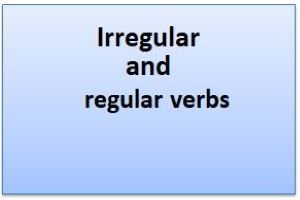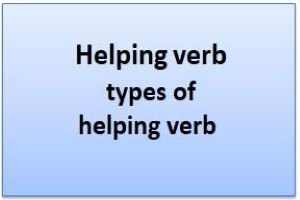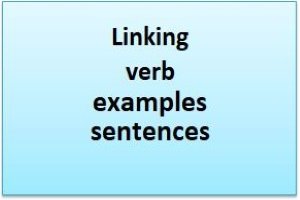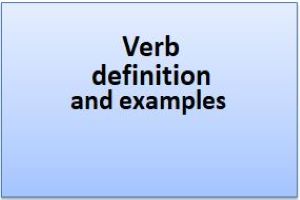Stative and dynamic verbs
Stative and dynamic verbs: Stative verbs: are used to describe a state rather than a specific action. In the present continuous form, they are rarely used. a stative verb (also known as a state verb) is a verb that expresses a state of being. Stative verbs are different from action verbs because they never describe … Read more

